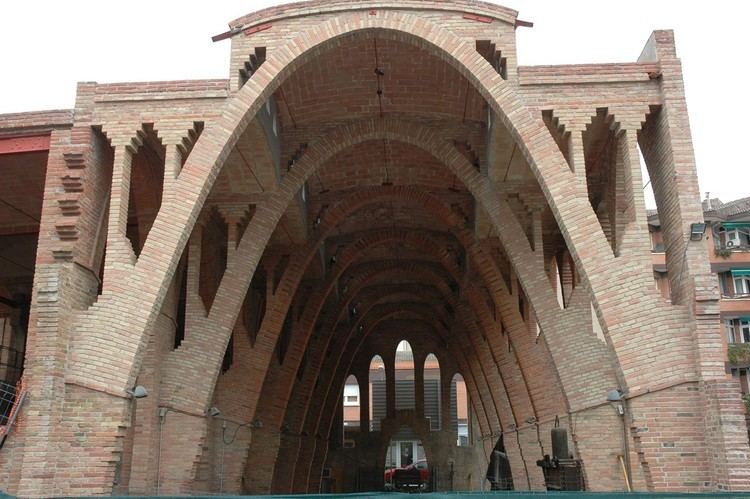 | ||
A parabolic arch is an arch, shaped like a parabola,. While a parabolic arch may look "close" to a catenary arch, the parabola and the catenary are different curves:
Contents
- A parabola is a quadratic function,
- but a catenary is the hyperbolic cosine, cosh(x), a sum of two exponential functions. While they look "close," the two curves aren't even related; see graphs, below.
Why they are used
Unlike a catenary arch, the parabolic arch employs the principle that when weight is uniformly applied above, the internal compression (see line of thrust) resulting from that weight will follow a parabolic curve. Of all arch types, the parabolic arch produces the most thrust at the base. Also, it can span the widest area. It is commonly used in bridge design, where long spans are needed.
When an arch carries a uniformly distributed vertical load, the correct shape is a parabola. When an arch carries only its own weight, the best shape is a catenary.
Uses
Parabolic arches are commonly used in bridges; see parabolic bridge. They are also used in cathedrals.
Cathedrals and churches
A few examples of parabolic arches.:
Architects
Oscar Niemeyer used parabolic arches, and Antoni Gaudí was another well known architect who used both parabolic and catenary arches.
